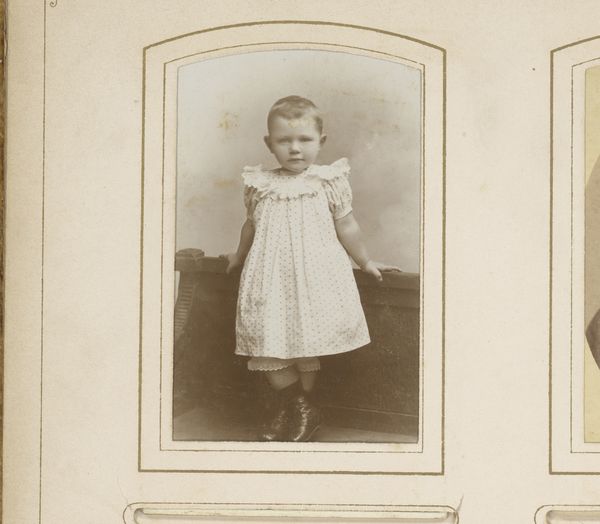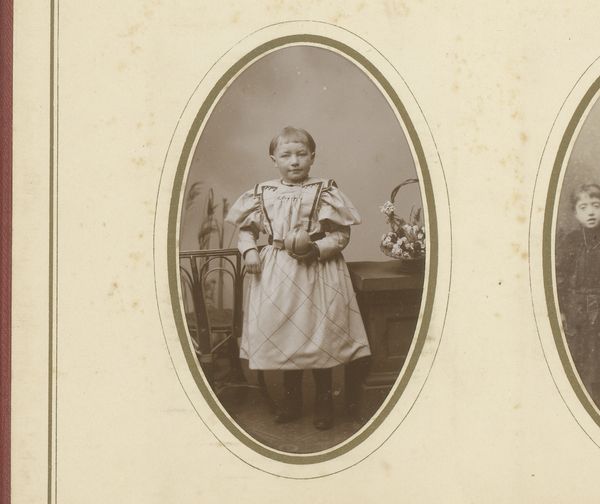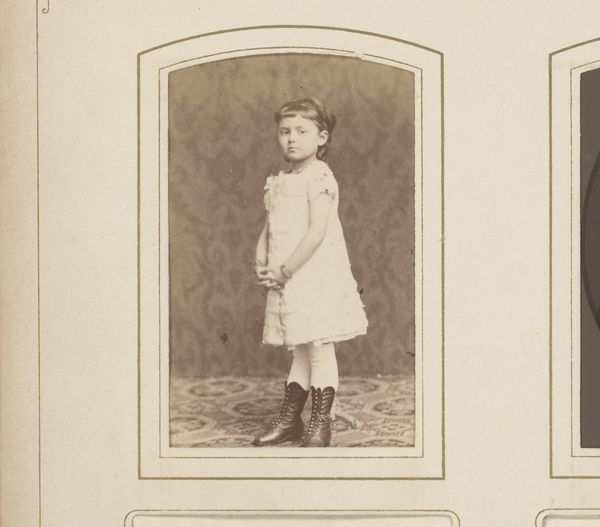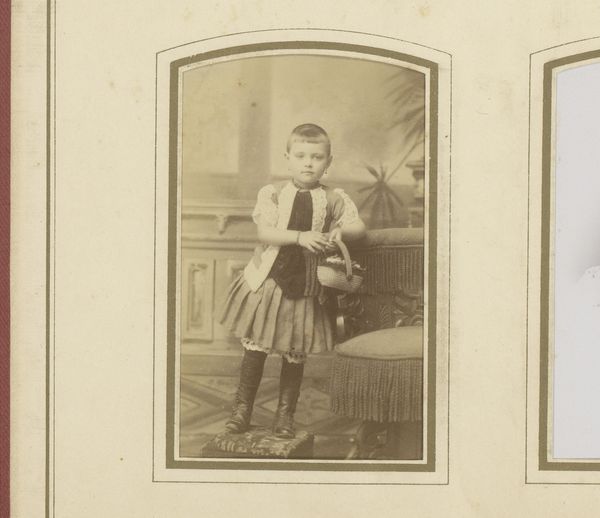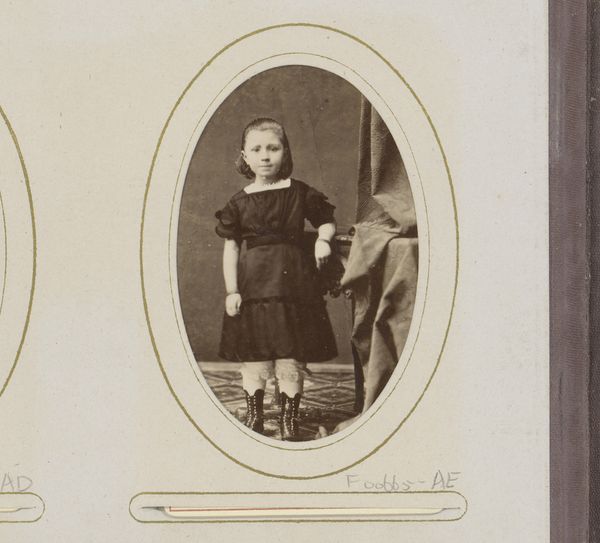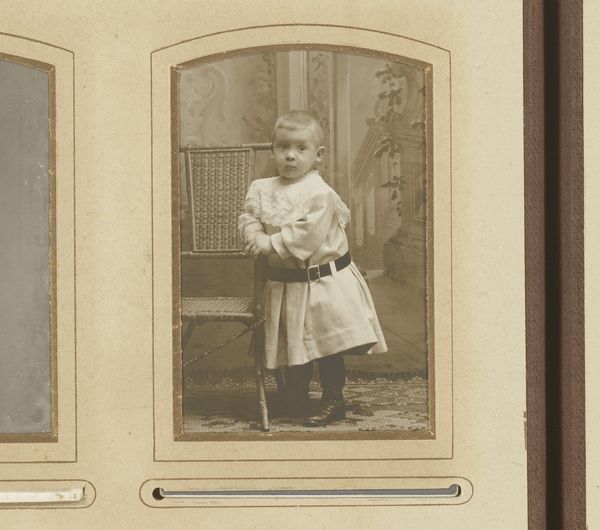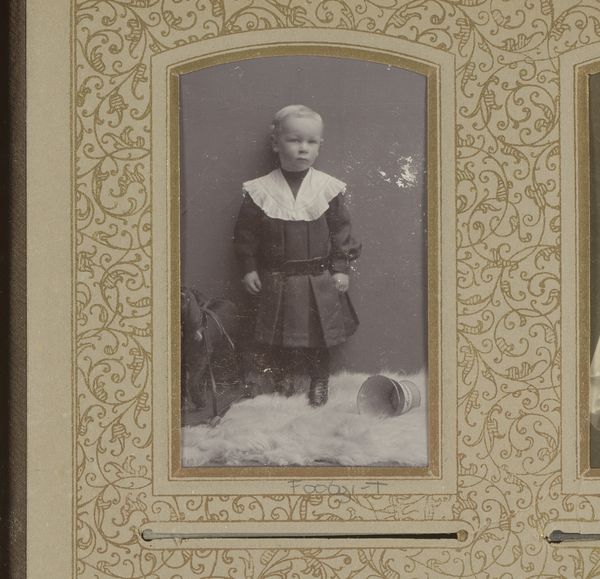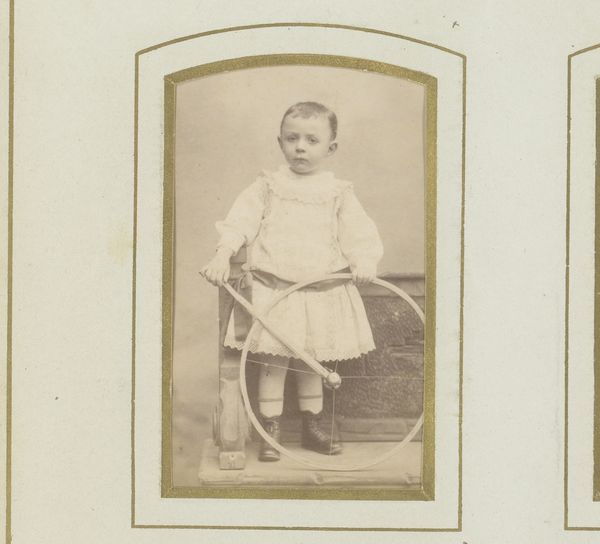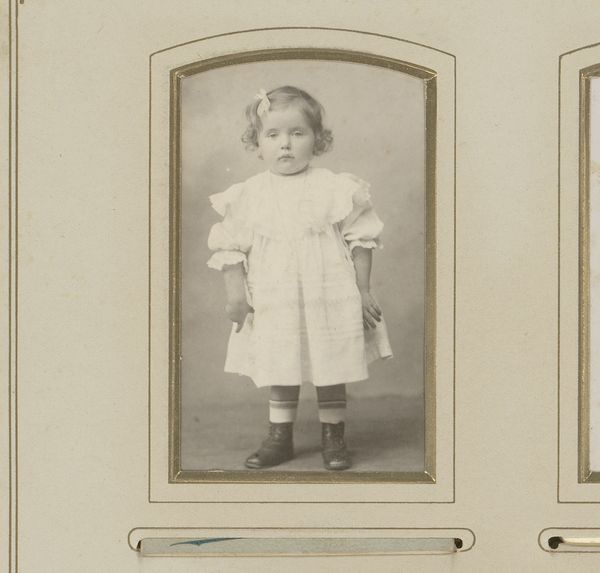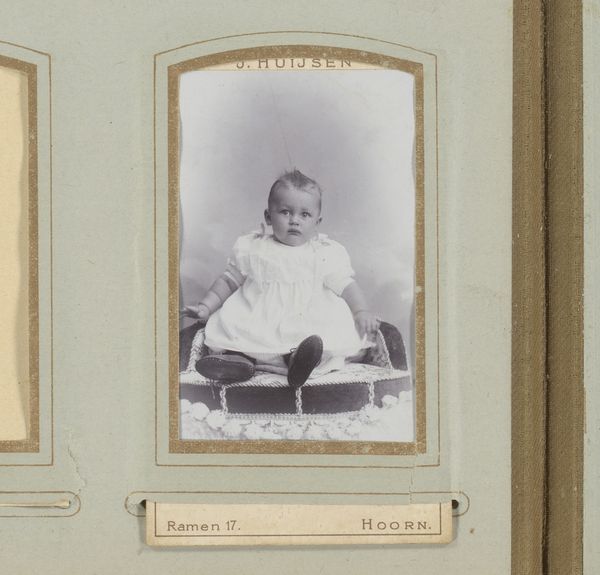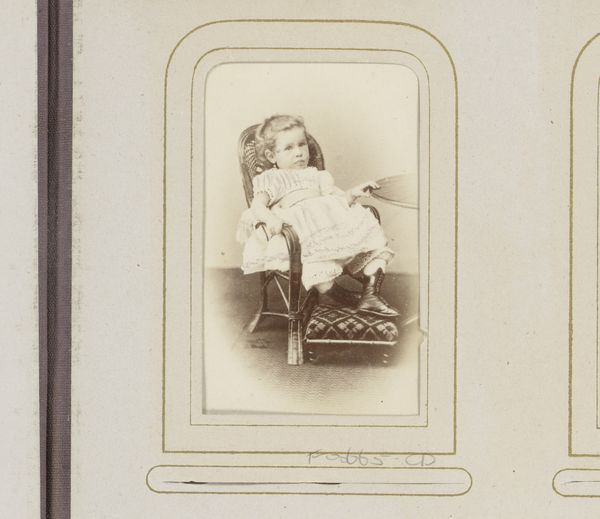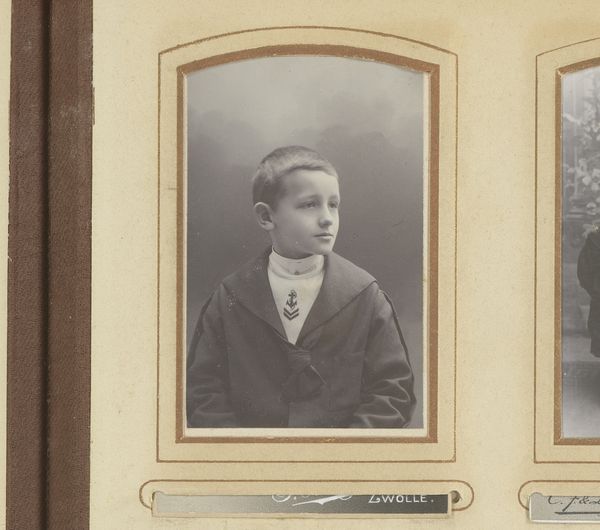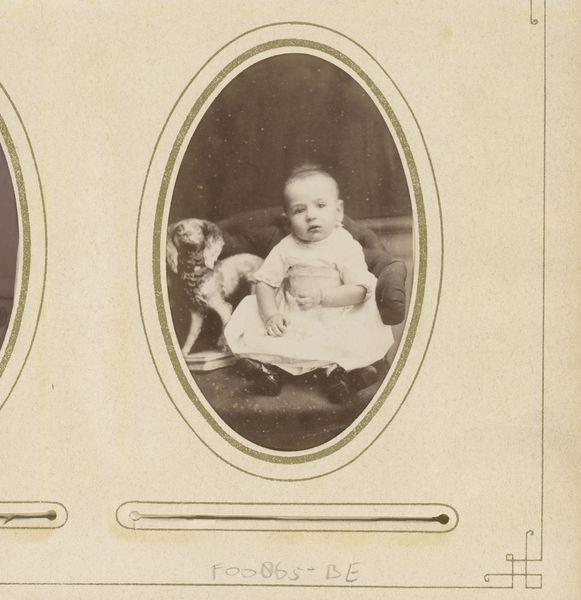
photography
#
portrait
#
pictorialism
#
charcoal drawing
#
photography
#
child
#
genre-painting
Dimensions: height 80 mm, width 50 mm
Copyright: Rijks Museum: Open Domain
Editor: This is "Portret van een kind met pop" by Henri Last, made sometime between 1897 and 1920. It's a photograph that looks a bit like a charcoal drawing, portraying a child holding a doll. I find its monochromatic palette and soft focus create an ethereal, almost dreamlike quality. What do you see in this piece? Curator: Intriguing. If we divorce this photograph from its representational context, focusing instead on its formal qualities, certain elements become more pronounced. Observe the artist's deployment of light. The chiaroscuro effect, though subtle, creates depth and volume. It accentuates the textures, specifically on the doll’s dress versus the child’s simpler attire. Notice also how the photographer chose to soften the background, pushing the focus squarely onto the primary subject. How does this affect your perception? Editor: It definitely makes the child stand out more, like she's the most important thing in the frame. But is the blurriness a technical choice or something else? Curator: The soft focus, a characteristic feature of Pictorialism, rejects sharp realism, thus, imbuing the photograph with a painterly aesthetic. We should interpret the aesthetic, rather than consider causes, as intention matters for the final product. Think of the arrangement of forms - the repetition of cylindrical shapes and their contrasts. Editor: So it's about elevating photography to the level of art by mimicking painting techniques? That makes sense in how it affects the image’s texture and the way light interacts with the forms. Curator: Precisely. The photograph moves beyond mere replication, instead manipulating tone and composition, resulting in an image charged with atmospheric and emotive qualities. How do we see those techniques impact our reception today? Editor: I can better understand how its visual choices give a sense of timelessness and artistic intention. Thanks! Curator: Indeed. Paying attention to the image's physical, not immediately visible, dimensions unlocks greater insight, thereby refining the viewers interpretation.
Comments
No comments
Be the first to comment and join the conversation on the ultimate creative platform.
